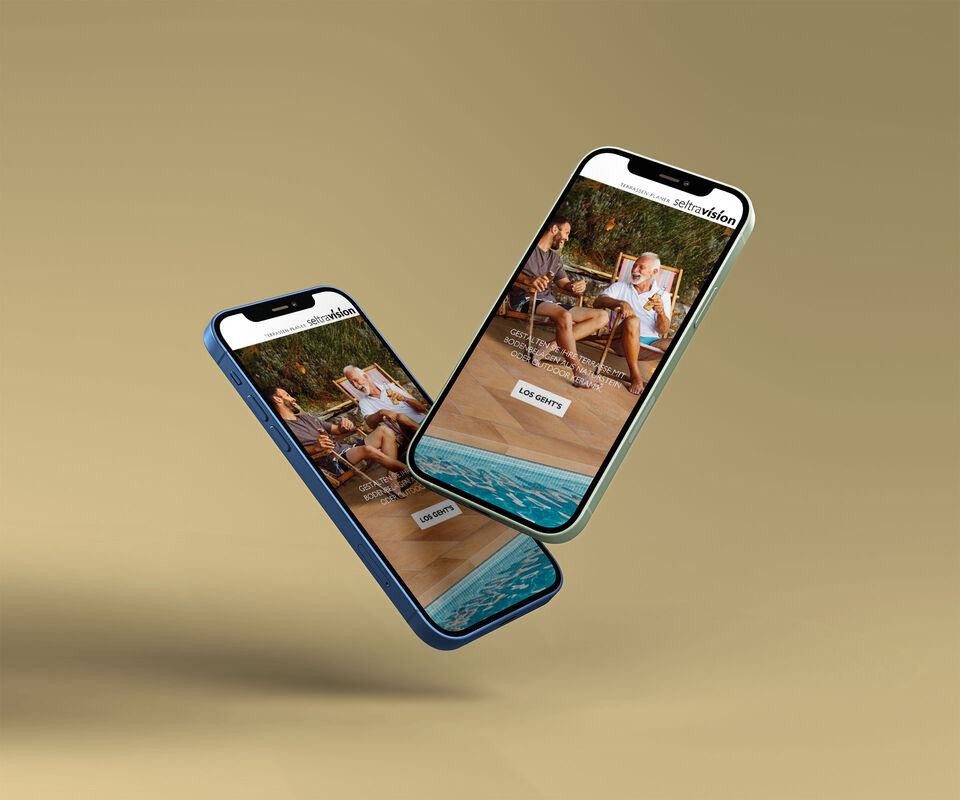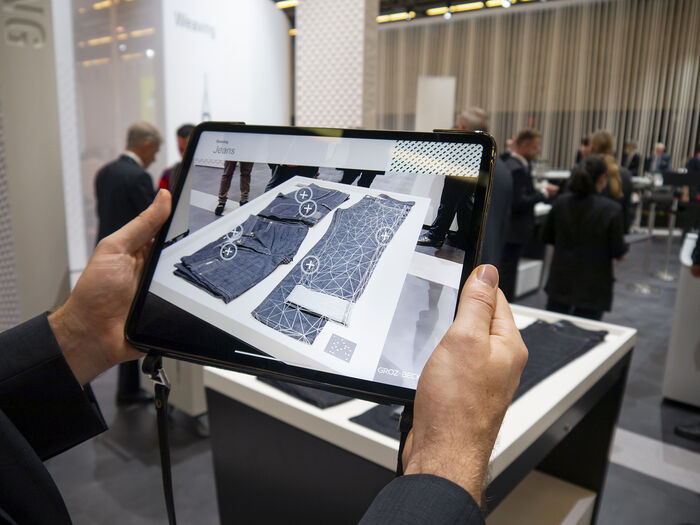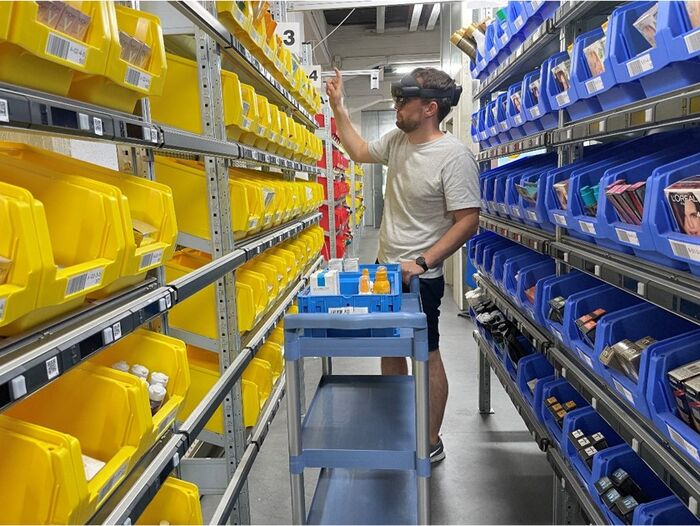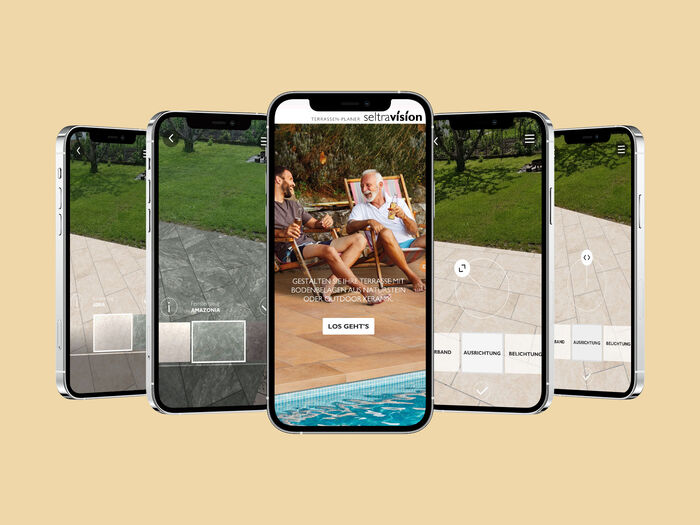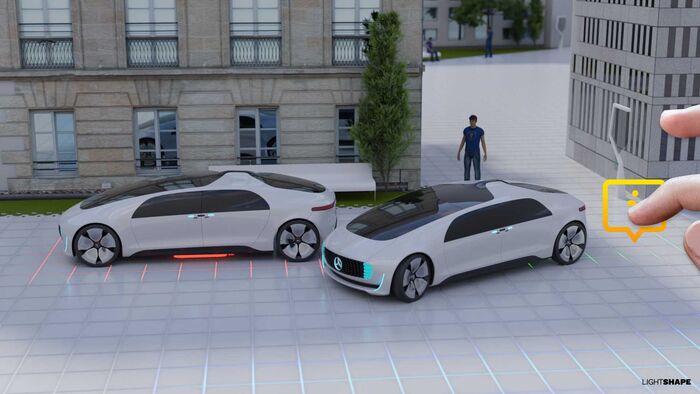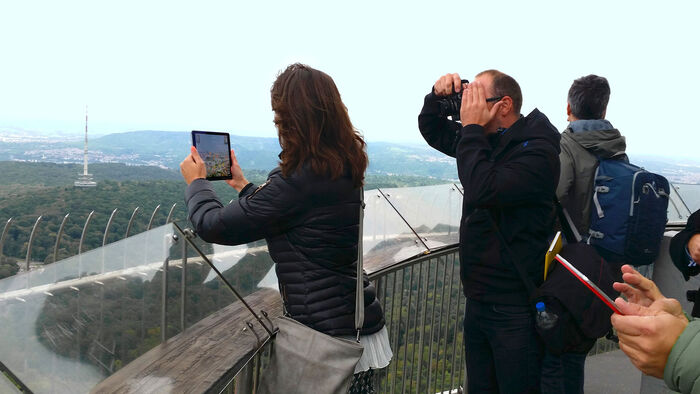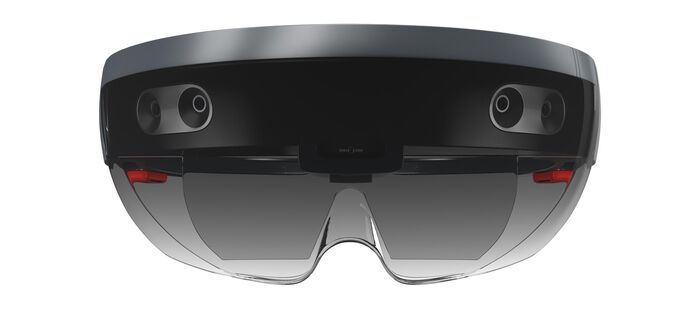Mobile devices such as smartphones and tablets are the most common device category for the use of augmented reality. Smartphones and tablets are technically similar, but a tablet offers a larger display. Both ideally bring all the requirements, such as a high-performance processor, internal memory, Internet connection, and a camera for the use of modern AR applications. The tech giants Apple, Google and Samsung have released powerful models in recent years. Current devices enable better spatial tracking thanks to built-in depth sensors.
Table of contents
The differences Augmented Reality vs. Virtual Reality
Augmented Reality
Augmented reality and virtual reality are often confused with each other, although the technologies can be clearly distinguished. Augmented reality links analog life with digital life. Reality is augmented with digital content via various output devices such as mobile devices, data glasses or even fixed AR installations in stores. When using data glasses, the user is not completely cut off from reality; instead, additional information about the environment is displayed in real time.
By extending reality with additional content, augmented reality is suitable for numerous areas of application. A simple example can be found in soccer broadcasts, where augmented reality is used, for example, to show distances during free kicks.
Virtual Reality
Virtual reality, or VR for short, is the computer-based perception of reality in a completely non-real room and non-real objects using VR glasses. The displays and loudspeakers of the VR glasses immerse the user in the virtual world. In the best case, the user is disconnected from the real world and is unaware of the outside world. As in the real world, you move virtually in VR through your own body movements and through teleportation.
The sensory perception is virtually outsmarted, while the body and sense of balance are assumed to be in the real world, the eyes and ears send the new perceived information from the headset to the brain. The immersion gives you the feeling of being in the respective virtual world, which is why virtual reality is also suitable for entertainment. Action-packed games in particular are all the more exciting because the player is in the middle of the game and actually has to move instead of just looking at a PC screen.
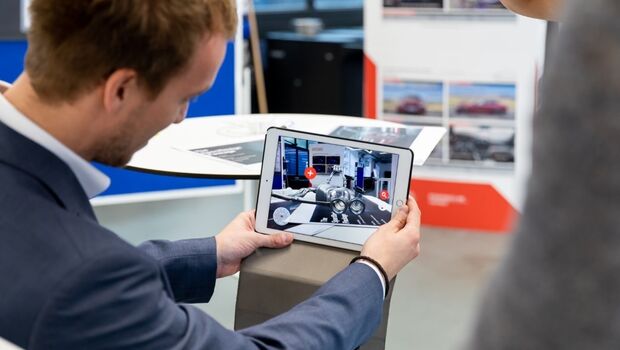
porsche ar training with tablet
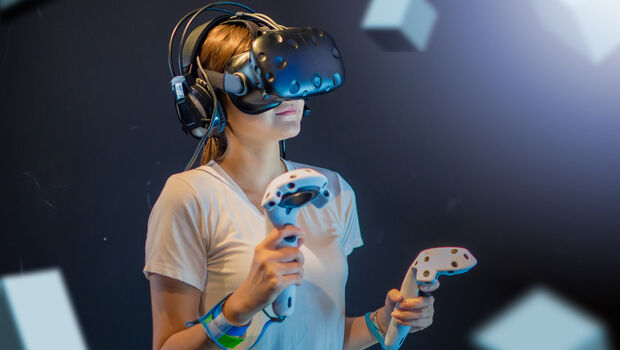
AR-Hardware
Smartphones & Tablets
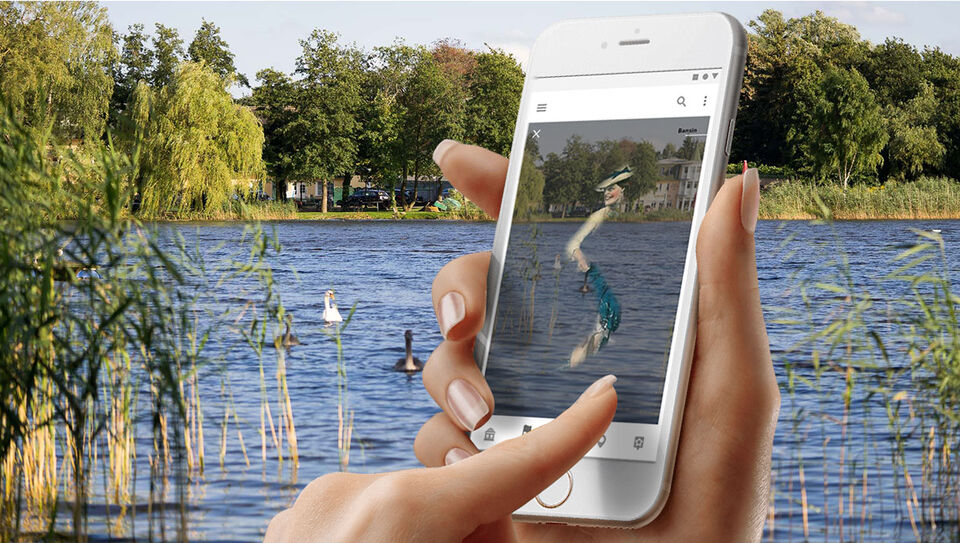
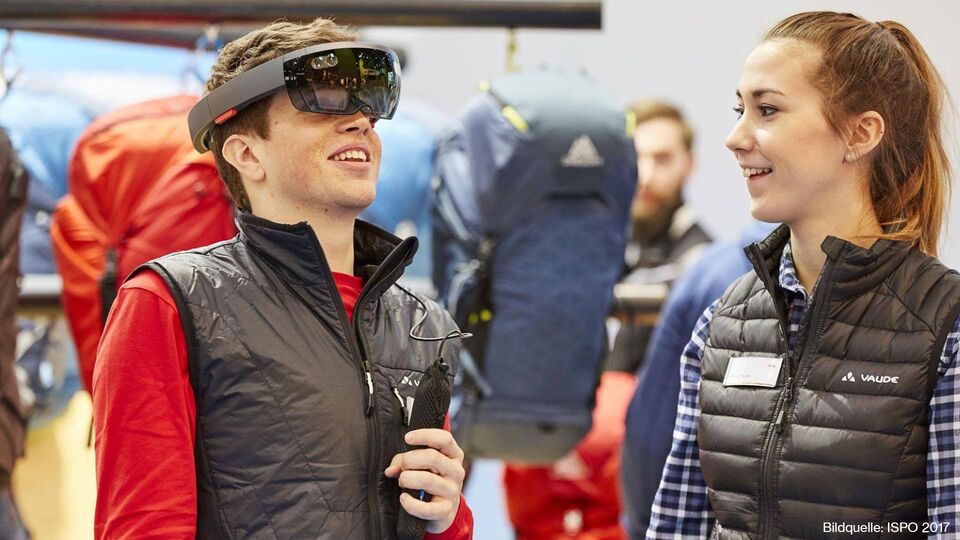
Data glasses/ Smart Glasses
Data glasses and smart glasses belong to the category of so-called wearables, i.e. portable computer devices. AR glasses are not as powerful, but the hands are free to work, which is particularly practical for applications in production or machine maintenance. The use of augmented reality applications by means of so-called Peripheral Head-Mounted Display (PHMD) seems even more real, because the real impressions are directly superimposed with the digital information. In addition to the first smart glasses of Google Glass, the following models and brands are known: HoloLens from Microsoft, Blade from Vuzix, Moverio from Epson, Everysight from Raptor and others.
Fixed AR installations
The last category of fixed AR installations differs from the other two AR devices because they are permanently installed depending on the location and are therefore not portable. The large displays of the AR installations are often used as so-called magic mirrors, for example, in retail for the digital fitting of clothing. But the areas of application are diverse, for example, they can also be used at trade fairs as part of product presentations. In addition to the common components of AR devices, AR installations usually have a scanner/sensor that enables interaction. The required applications are developed for these end devices tailored to the area of application.
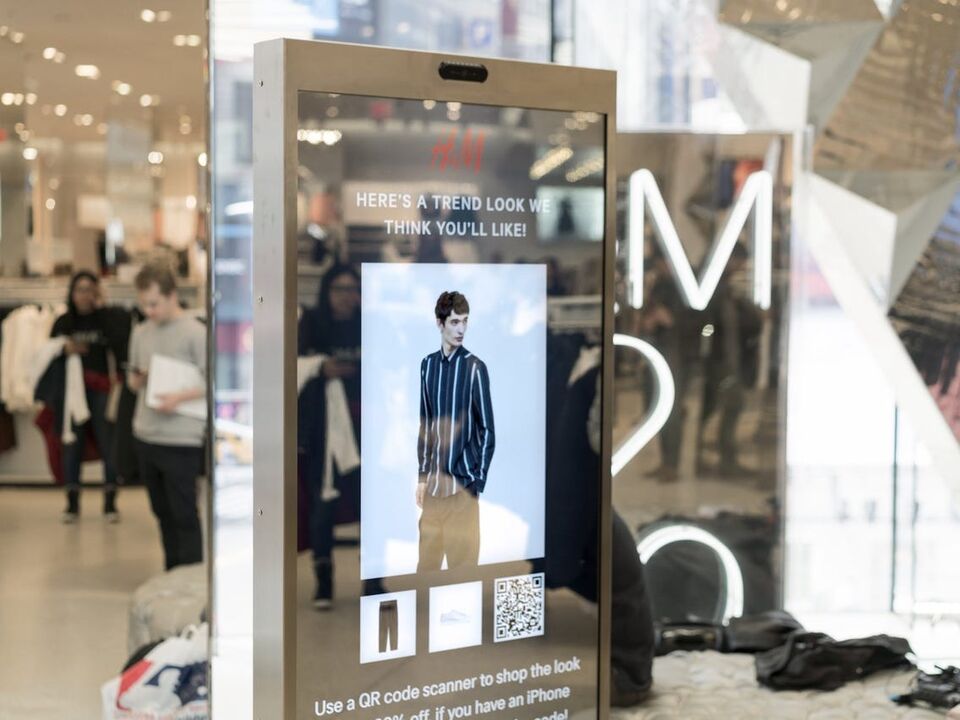

Ar with live Kamera tracking
In AR with live camera tracking, the movements of the cameras are tracked, processed by a computer and AR elements are projected into real objects, which the viewer then sees on a screen. A well-known example is soccer broadcasts, where moves or the distance to the goal for free kicks are displayed in the real image as a graphic element.
AR examples of application
At a glance Benefits of Augmented Reality
Low barriers to entry
Augmented reality applications can also be developed for the smartphone/tablet without AR glasses, making them easily available to a wide range of users. Everyone has the device they need and can use AR.
Interactive product experience
AR offers the user the opportunity to engage intensively with a product virtually, even within their own four walls. AR brings the product directly to the customer. Wherever the product is to be used, it can also be tried out, whether in the living room or on one's own terrace - there are virtually no limits to virtual testing.
Easier purchase decision
Virtual trial and error often leads to more conscious purchasing decisions, higher sales opportunities and risk minimization, with additional positive side effects. Fewer returns or complaints also lead to increased customer satisfaction.
Cost savings
AR can be used in the enterprise for training/education, workflow improvement, and service. Prototypes can be displayed virtually with AR and further customized even before they are physically created. Costs can be reduced by integrating AR into workflows. In sales, fewer products are needed for presentation to the customer. More considered purchasing decisions by customers and the associated reduced returns also lead to cost savings.
AR trends and future development
Potential Development to the mass market
In recent years, augmented reality has developed from a technical innovation into an established marketing tool. What is the current development status of technical devices such as AR glasses? While Microsoft continues to work on the HoloLens, numerous manufacturers are working on new AR glasses such as the Nreal Light, Magic Leap 2 or AR glasses from Niantic, which are soon to be launched on the market.
In addition, rumors of AR glasses from Apple are getting louder. Apple chief Tim Cook predicts that augmented reality technology will be as important as the iPhone. According to forecasts, the first Apple-owned AR product will be unveiled towards the end of 2022.
According to experts, the AR headset will support AR and VR content and have higher computing power than its competitors. In addition, it is assumed that the AR headset will function independently of the iPhone and Mac.
Apple also assumes that the AR glasses will replace the iphone in 10 years, which would mean that Apple would have to bring the number of AR headset users to the same level as that of iPhone owners. Since the required ecosystem for the AR device needs to be developed first, it will likely take until late 2022 or early 2023 before the product actually hits the market.
Apple itself only discloses little information about the AR device, which is why these are only current speculations. However, it is clear that the market for AR has great growth potential. With the further development of AR glasses and the expansion of the 5G network, the relevance of the technology will increase even more in the future. Right now, the use of augmented reality as a marketing tool already offers brick-and-mortar and online retailers further opportunities for customer loyalty and increased sales. Augmented reality and mixed reality content are already predicted to generate sales of 200 million euros in Germany in 2024.
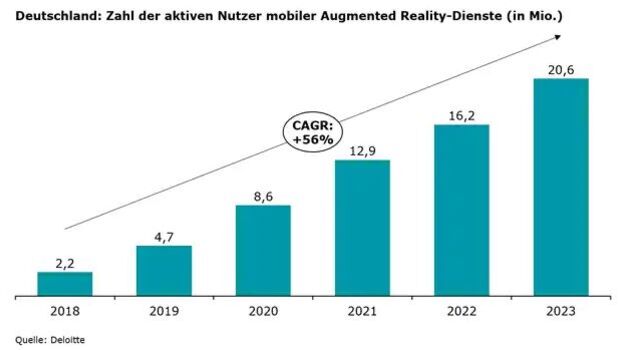
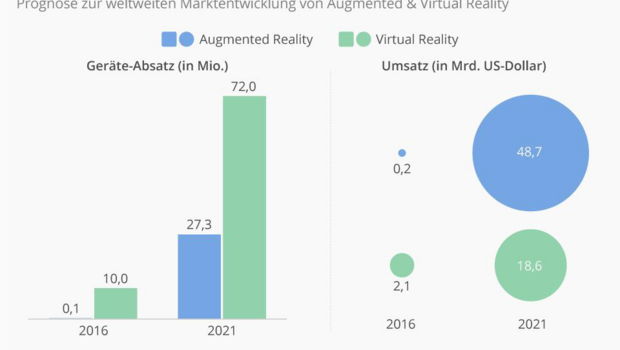
5 steps to your personal AR application
Initial situation
Do you have a product that you would like to digitize? Are you looking for possibilities in the area of augmented reality?
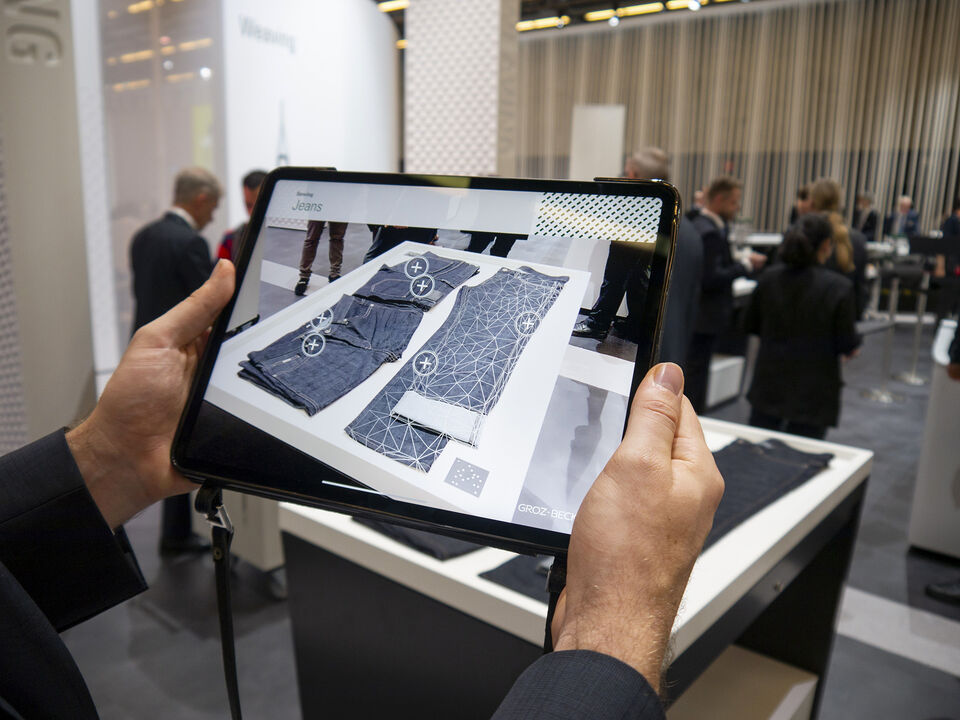
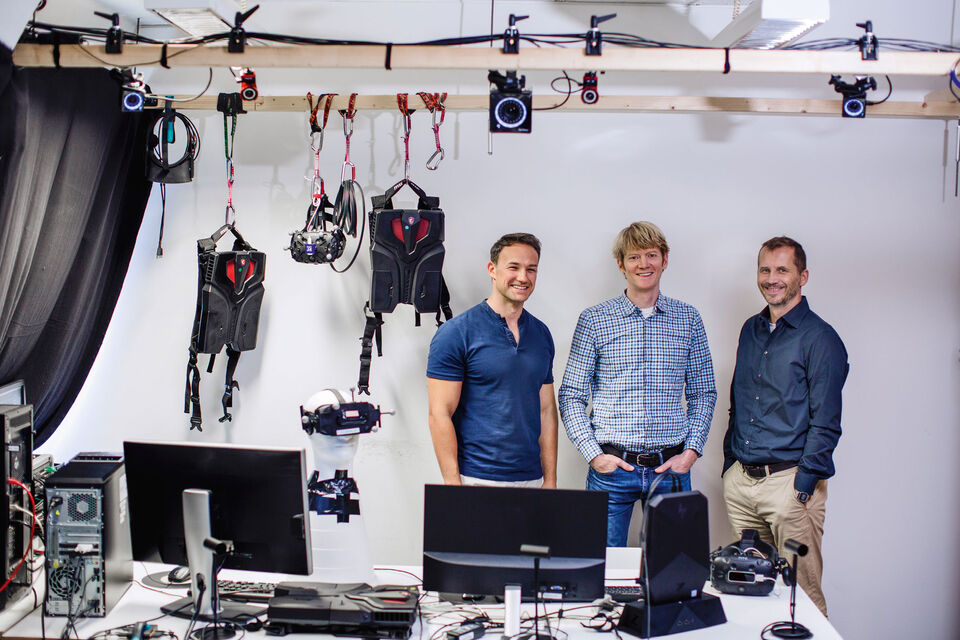
Contact
Contact us! In a first phone call we can discuss your individual application case as well as the further procedure.
Conzept
We conceptualize the application together with you and develop the best solution for you.
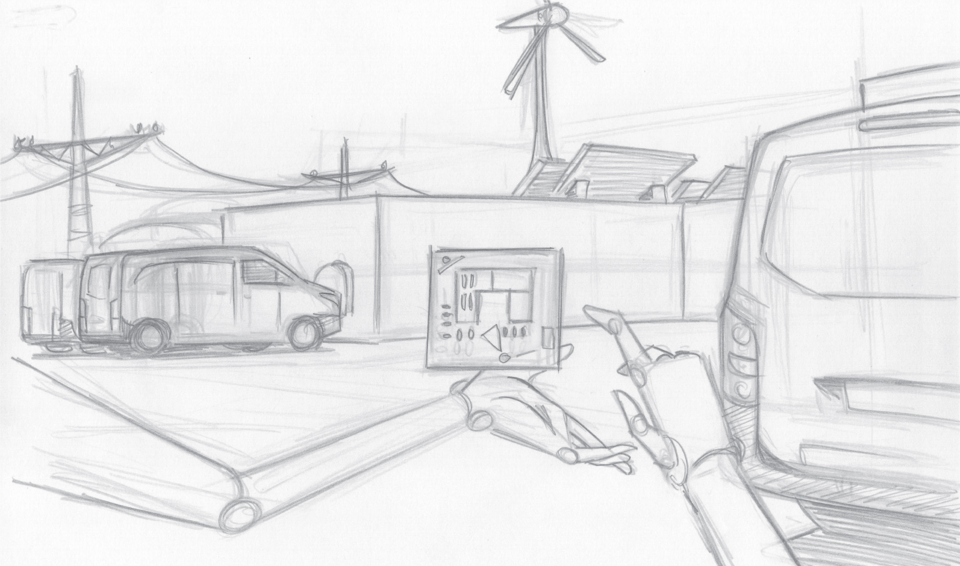

Development
Thanks to our many years of experience, we are able to implement your AR application cost-effectively and with fast development times.
Go live
After final approval, your AR application will be published in the app stores or on your website in case of a WebAR application.
